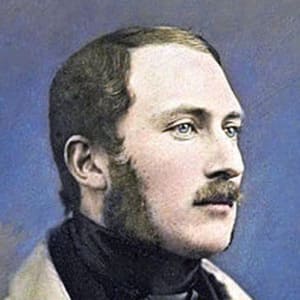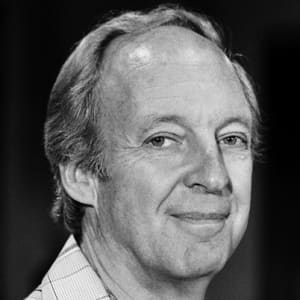
Prince Albert
Prince Albert married his first cousin, Queen Victoria of the United Kingdom, at the age of 20, and after his untimely death at age 42, the queen’s memory of him guided her for the next 40 years.
Synopsis
Prince Albert was born in Bavaria, becoming the prince consort of the United Kingdom and Ireland upon his marriage to Queen Victoria. He served as the queen’s trusted adviser, and he had a hand in both internal and international affairs, advancing social issues in the UK, masterminding the Great Exhibition of 1851, and helping England avoid war with the United States. He died at the age of 42 from typhoid fever.
Early Life
Albert Francis Charles Augustus Emmanuel of Saxe-Coburg-Gotha was born on August 26, 1819, at Schloss Rosenau, in Bavaria. He was the younger son of the duke of Saxe-Coburg-Gotha, who divorced Albert's mother on grounds of adultery when Albert was 7 years old.
Albert attended the University of Bonn in Germany, and in 1840, when he was 20, he married his cousin, Queen Victoria, who had inherited the throne of England just a few years earlier. She had proposed on October 15, 1839, and they were married on February 10, 1840.
Role as Prince Consort
Albert's new role was serving as prince consort of Great Britain and Ireland, which meant that he had married a sitting queen but had no real power of his own. Thus, soon after their union, Prince Albert essentially became Victoria's private secretary and adviser, and Victoria tended to listen to his advice, which turned out to be level-headed and sage. The place of prince consort is a difficult one, but he wielded his influence with grace, discretion and intelligence, and when the public turned on him, which they inexplicably often did, he had an extraordinarily happy marriage to fall back on. He and Victoria produced nine children and 42 grandchildren.
When he wasn't being assailed by the public as an interloper, Prince Albert was raising the ire of British aristocracy for what they considered his morally severe tone, and their outrage is perfectly embodied by Albert not being granted the title prince consort until 17 years after the wedding, being addressed until then as HRH Prince Albert. It was not until after his death, in fact, that he was appreciated for what he brought to both the Crown and the country.
In dispensing advice, Prince Albert encouraged Victoria to take a greater interest in social welfare issues, including child labor, and suggested she favor a stance of political neutrality (which she did, abandoning her Whig ties). The queen became a hardworking agent for her people and country, prodded on by Albert's enthusiasm. Prince Albert also spearheaded the Great Exhibition of 1851, a World's Fair event celebrating British industrial advancement and culture, which was attended by such luminaries as Charles Darwin, Charlotte Bronte and Lewis Carroll.
Internationally, Prince Albert led the queen through disputes with Prussia (in 1856) and the United States (in 1861). The latter, referred to as the Trent Affair, is said to have ended peacefully, at least in part, because Albert suggested revising Foreign Office dispatches to avoid having them read as threatening ultimatums.
Death and Legacy
Prince Albert had been quite sick during his Trent Affair intervention, and on December 14, 1861, he succumbed to what his doctor diagnosed as typhoid. (Modern medical examination of the facts at hand have suggested something more chronic, such as cancer or Crohn’s disease)
Queen Victoria was so distraught at Albert's passing that she wore black in mourning for the rest of her life, which lasted 40 more years. She erected numerous monuments to Albert's legacy, and a re-examination of Albert's life let the public finally view him as the respectable and honorable figure he always was.
Related Videos
Queen Victoria – Young Victoria(TV-14; 3:02)




